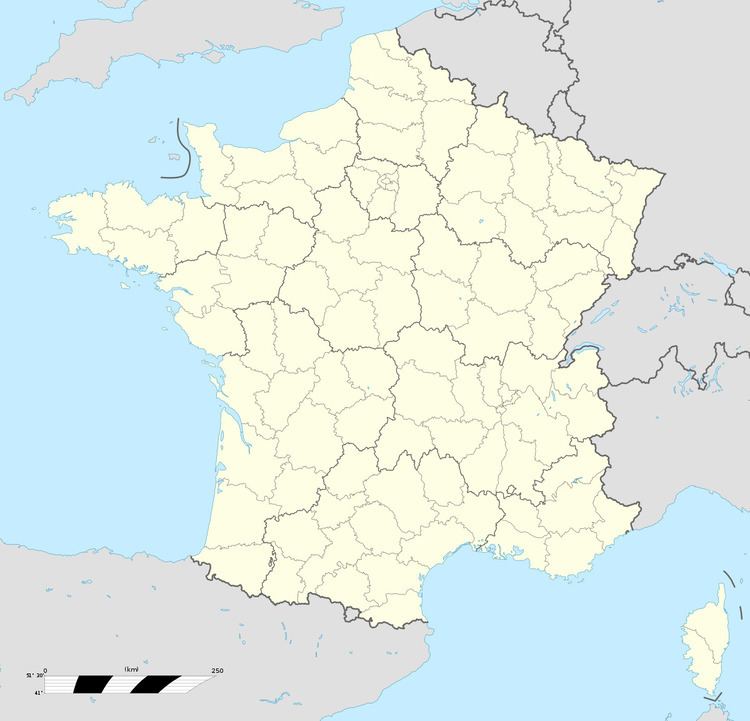In use Abandoned | ||
 | ||
Materials Concrete, steel, deep excavation Similar Ouvrage Mont des Welches, Ouvrage Kobenbusch, Ouvrage Soetrich, Ouvrage Michelsberg, Ouvrage Haut‑Poirier | ||
Ouvrage Hobling is a lesser work (petit ouvrage) of the Maginot Line. Located in the Fortified Sector of Boulay, the ouvrage consists of two infantry blocks and two observation blocks, and is located between gros ouvrage Michelsberg and petit ouvrage Bousse, facing Germany. It has been stripped of metals and abandoned.
Contents
Design and construction
Hobling was approved for construction by CORF (Commission d'Organisation des Régions Fortifiées), the Maginot Line's design and construction agency, in 1931 and became operational by 1935, at a cost of 14 million francs. The contractor was Gianotti of Nice.
Description
Hobling is a petit ouvrage with four combat blocks. The blocks are linked by an underground gallery with barracks and a utility area (usine). The galleries are excavated at an average depth of up to 30 metres (98 ft).
A planned Block 5, equipped with an 81mm mortar turret, and an entry block at the end of a gallery of about 200 metres (660 ft) were not built.
Casemates and shelters
In addition to the connected combat blocks, a series of detached casemates and infantry shelters surround Hobling, including
Manning
In June 1940 the garrison comprised 115 men and 4 officers of the 164th Fortress Infantry Regiment (RIF). The commanding officer was Captain Boileau. The Casernement de Férange provided peacetime above-ground barracks and support services to Hobling and other positions in the area. The units were under the umbrella of the 3rd Army, Army Group 2.
History
See Fortified Sector of Boulay for a broader discussion of the Boulay sector of the Maginot Line.Hobling played no significant role in either the Battle of France in 1940 or the Lorraine Campaign of 1944. After the Second World War it became part of the Mòle de Boulay, a strongpoint in the northeastern defenses against Soviet attack. Hobling remained under Army control until after 1971, when it was declassified and sold.
Current condition
Sold in 1975, Hobling has been partially stripped by salvagers and is abandoned. The salvage work stopped with the removal of all metals, including cloches and turrets, from two blocks. Hobling was the last ouvrage to be stripped.
